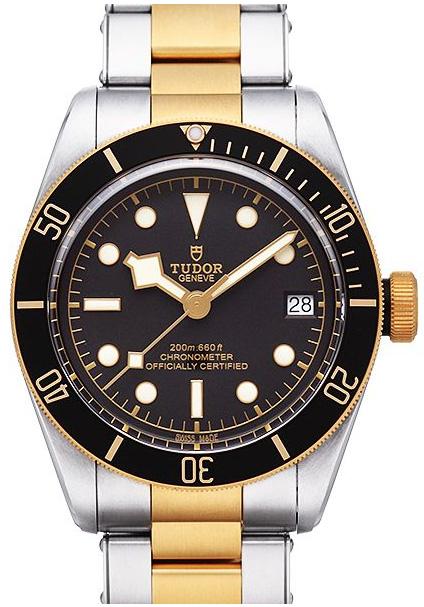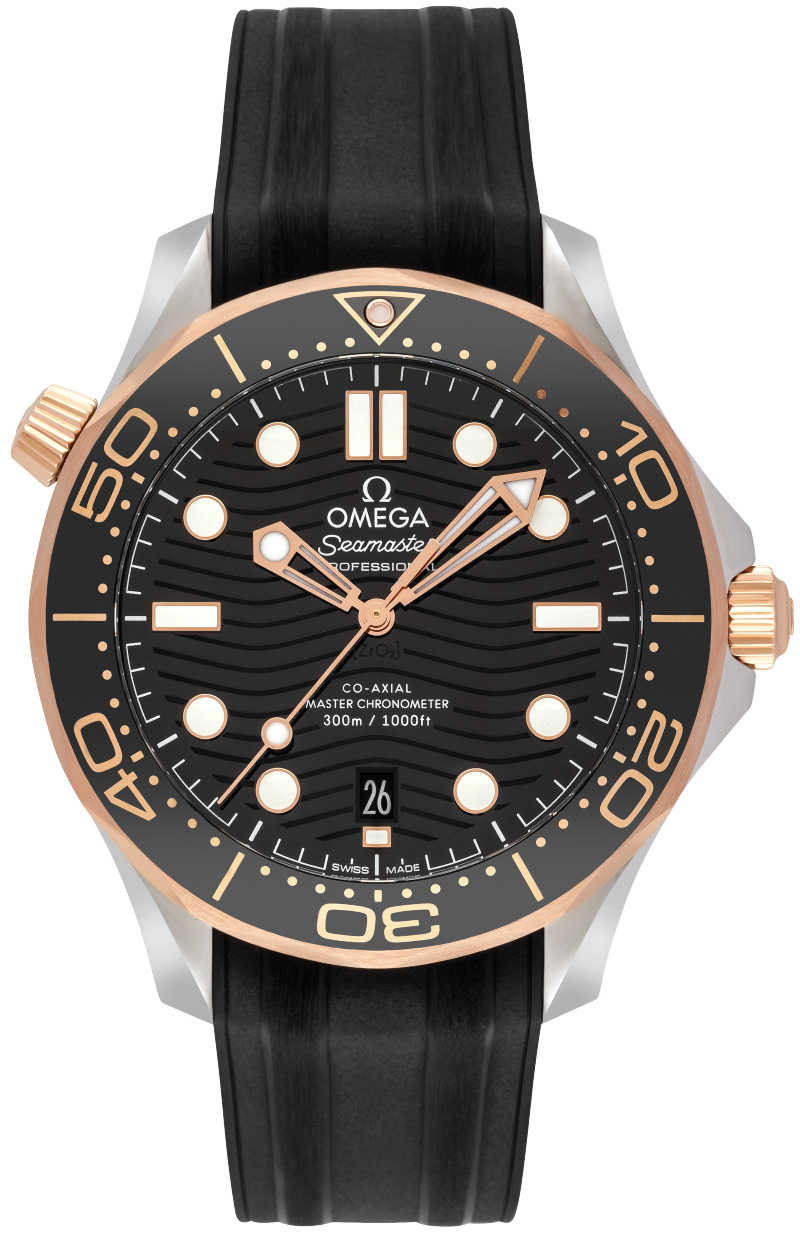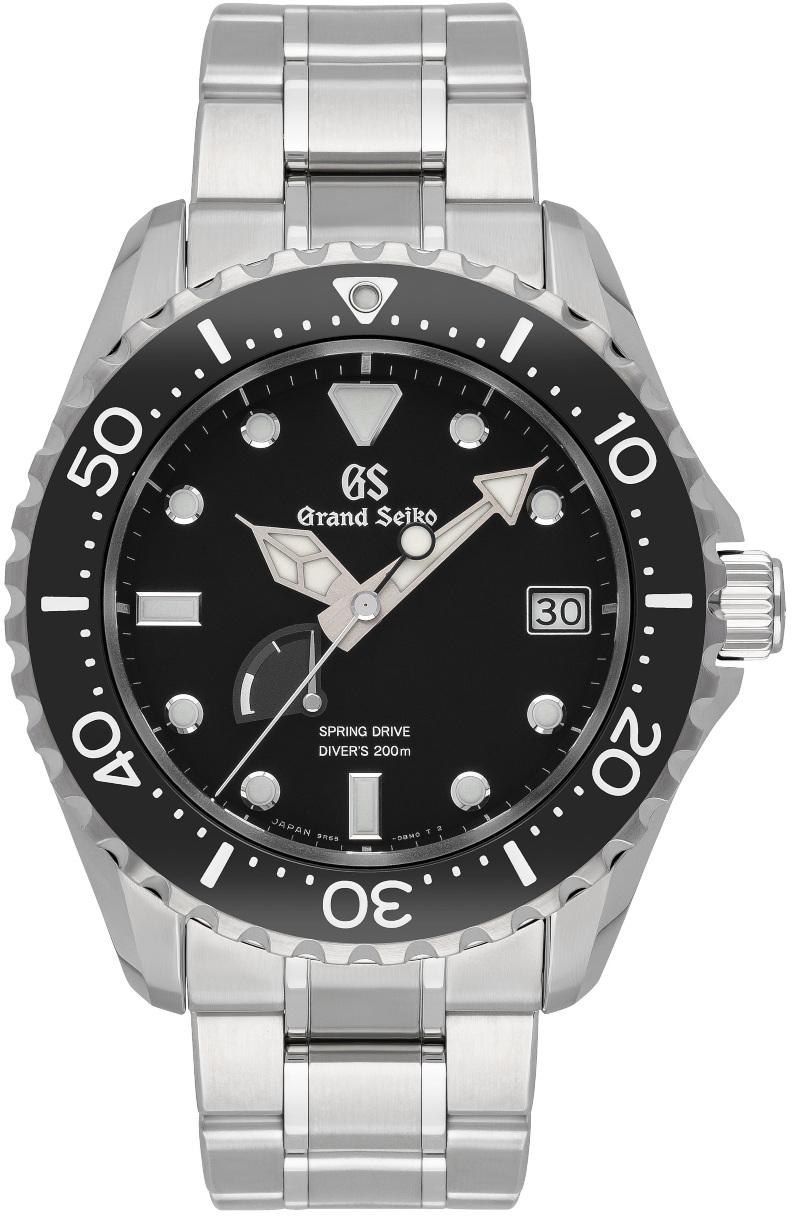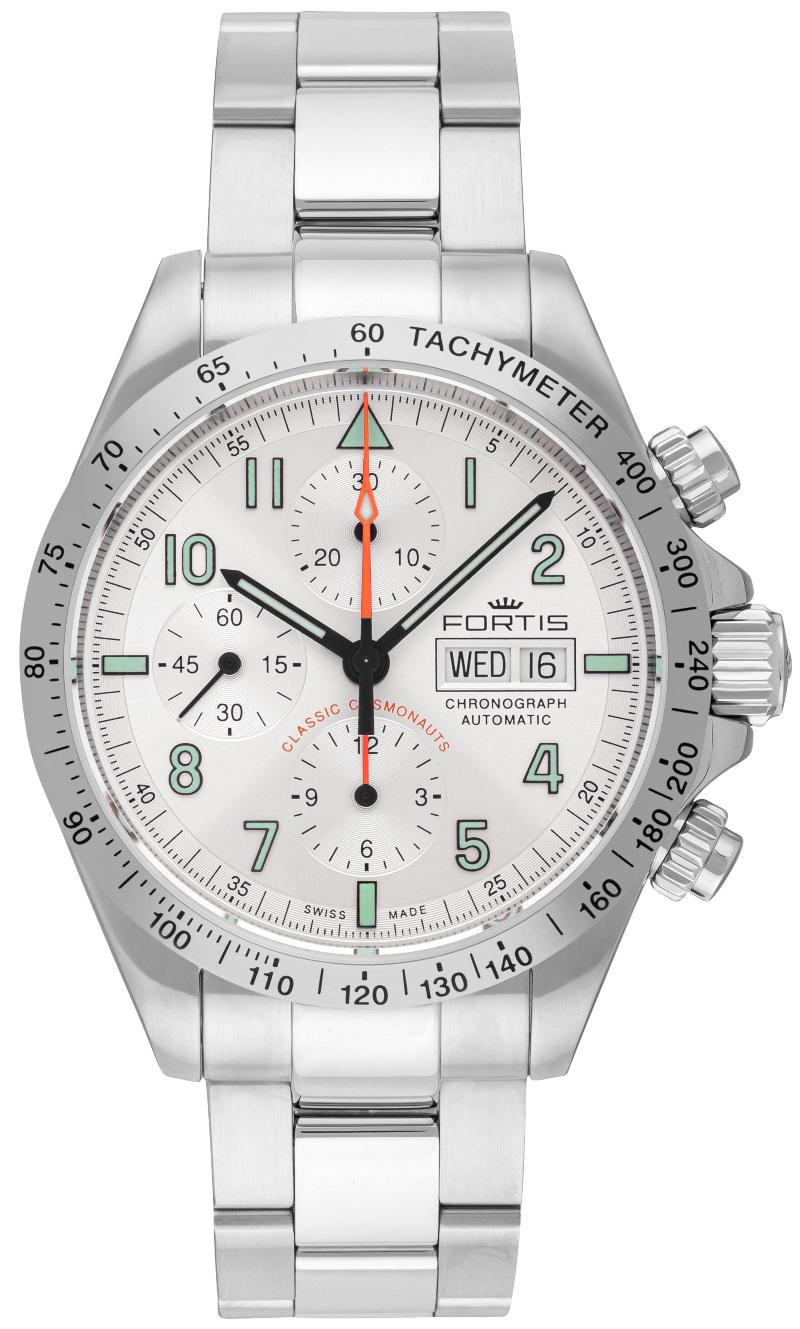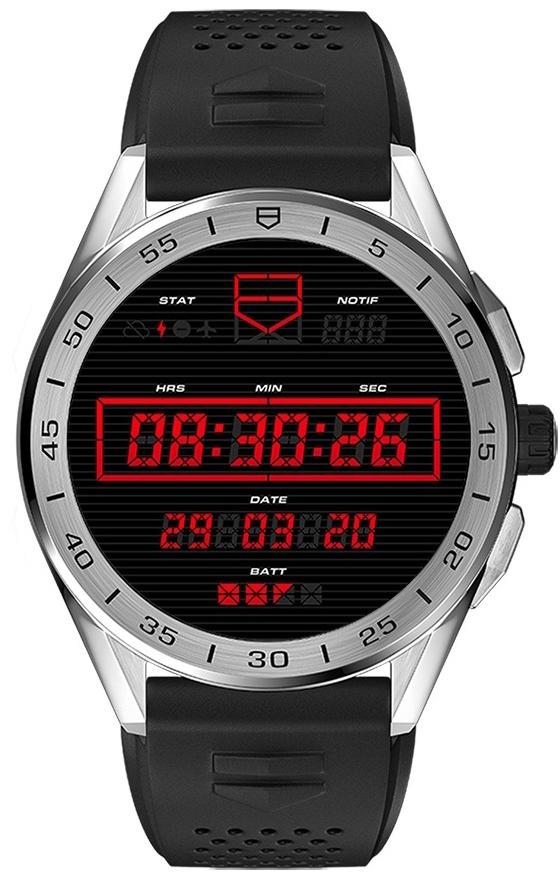” How retro models are reinterpreted “
Neon, denim, sneakers: the 80s shaped fashion and lifestyle in unforgettable ways. Today, many of the trends of that bold decade are back – especially in the world of watches. From bicolor to quartz, we show you the most popular watches of the ’80s, introduce their modern descendants, and explain which tastes the reborn retro watches are right for.
Which trends shaped watches of the 80s?
Bright colors, freaky designs and smooth yellow gold: decadence played a central role in the watch designs of the 80s. The decade was an era of urbanization, which gave many young people that urban prosperity that was to be expressed on the wrist. Probably the most defining manifestation of this exclusivity were bicolor designs, watches that combined two metals (typically gold and stainless steel). They are considered the ultimate style of the 80s and – against all expectations – are now back in fashion. A second, extremely drawing trend of the decade is large, in many cases chunky cases designed for maximum robustness, with a self-assured presence as a desired side effect.
Technically, the watches of the 80s display an exciting mix of quartz and automatic. Contrary to the 70s, when the quartz crisis reached its peak and mechanical timepieces were declared dead, the 80s brought us a slow return to traditional mechanics. Although the electric movement was still widely used due to its advantages – high precision at a low price – people gradually recognized the cultural value of mechanical watches. Suddenly, it was cool again to watch a balance ticking in the knowledge that, with good care, the mechanical companion would last for decades.
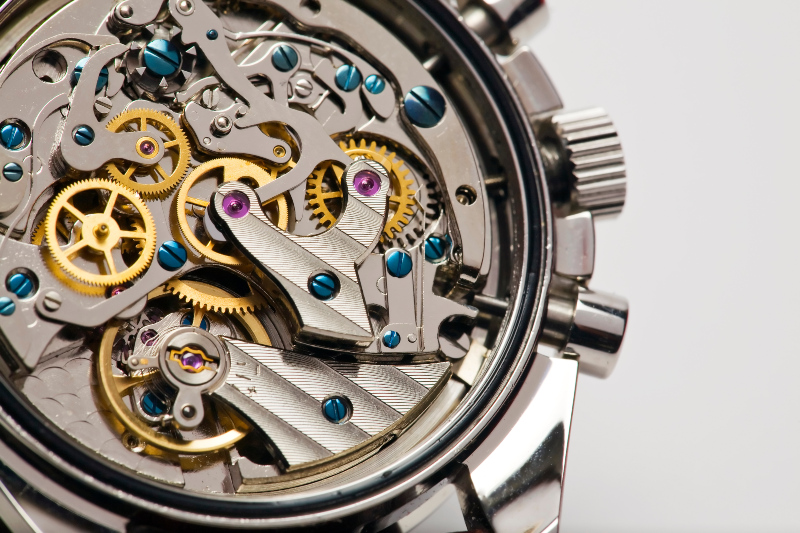
Rolex, Tudor, Omega: Bicolors are back
One of the most popular watches of the 1980s was undoubtedly the Rolex Datejust Two Tone, which was worn by pop stars and Wall Street bankers alike and is now fashionable again not despite, but precisely because of its absolute 1980s look. The difference: 40 years later, people prefer to combine the stainless steel with red gold instead of yellow gold. Otherwise, today’s Rolex Datejust Two Tone is in no way inferior to its predecessors: In addition to the characteristic fluted bezel and the large date magnifier, the sporty, elegant basic design has hardly changed over the decades. Those who order the modern Datejust and prefer a pure ’80s look should choose the yellow gold Ref. 126233 on the Jubilee strap, close their eyes, and imagine racing through Miami in a Ferrari Testarossa.
Sister brand Tudor is also currently extremely successful in reviving two-tone vintage watches, as evidenced by the Tudor Black Bay Heritage S&G (Ref. M79733N-0008). Without screaming for attention, the 41-millimeter Diver makes a strong statement for the ’80s lifestyle and offers an insane amount of watch for the money. In addition to (a bit of) 18-karat yellow gold, it brings to the wrist a chronometer-certified MT5612 manufacture movement with a 70-hour power reserve, complemented by 200-meter water resistance and historic trademarks like the Snowflake hour hand.
If you want to take the two-tone style more subtly than Rolex and the Black Bay Heritage S&G, we recommend the Omega Seamaster 300 Sedna Gold Bicolor (Ref. 210.22.42.20.01.002). In an elegant way, the iconic diver’s watch manages to combine its special reddish gold with black ceramic and a chic stainless steel case. Technical excellence with Co-Axial manufacture movement, 300 meters water resistance and a visible case back complete the Diver.
Chunky and robust: Retro watches in XXL design
For our next 80s trend, the prime example is not the luxurious Omega Seamaster 300 Sedna Gold Bicolor, but a Seiko Diver with legendary status: the Turtle. Although the deliberately chunky diver’s watch, whose case shape is reminiscent of a turtle shell, appeared as early as the ’60s, nowadays we associate its aesthetics more with the ’80s. Not understatement, but the clear display of robust, self-confident designs characterized the decade. Today, we find the latter especially in the Grand Seiko Sport Spring Drive collection: models like the popular Spring Drive with GMT function (Ref. SBGA229) combine world-renowned craftsmanship with chic design, but at over 44 millimeters in diameter, they speak a clear language: “I’m the boss here.” This is what watches of the 80s look like at their best.
What this Grand Seiko Diver and the other members of the Grand Seiko Sport collection Spring Drive manage to do, the Swiss have also mastered with flying colors. An excellent example of 80s design is the current Fortis Classic Cosmonauts Steel A.M. (Ref. F2140000): Since its appearance almost 40 years ago, the 42-millimeter model has spoken a crystal-clear language from a functional perspective. No attempts at aesthetic perfection, but rather large numerals, an easily readable tachymeter scale and ample luminous material characterize the no-nonsense look of the bolide. The Fortis Classic Cosmonauts Steel A.M. sees itself as a tool and unmistakably expresses this character with 80s self-confidence.
Electronic timekeeping: from Casio to the smartwatch
Some of the most popular watches of the 80s are electric and could not represent the decade more aptly than the Casio Collection Unisex Digital Wristwatch. Digital digits on the wrist appeared in the 70s, but found their widest distribution in the following decade and shaped the everyday life of an entire generation – from students to managers. To this day, the original vintage watches are available at reasonable prices; those who want additional functions and more modern designs will find contemporary alternatives in the various versions of the Casio Collection Unisex Digital Wristwatch. Our tip: If you want to combine two trademarks of watches from the 80s at once, you should order the digital Casio with a gold-plated case.
Today’s smartwatches like the Tag Heuer Connected also have their origins in the 1980s. Of course, there were no Internet-enabled computers on the wrist back then, but many manufacturers laid the foundation for their electronic watch development during the 1980s. Tag Heuer, for example, launched its Formula 1 collection in 1986 and hit the zeitgeist with bright colors, simple quartz movements, and lightweight plastic cases. The beefy design was no facade: the manufacturer gave a whopping 200 meters of water resistance to its entry-level model, which quickly rose to become one of the most popular watches of the 1980s. If you just want to experience the aesthetics of the ’80s on your wrist, but enjoy the technical advantages of the 21st century, the current Tag Heuer Connected is a smart choice: The smartwatch allows you to change the dial design on a whim.
 Uhrinstinkt Magazine
Uhrinstinkt Magazine

